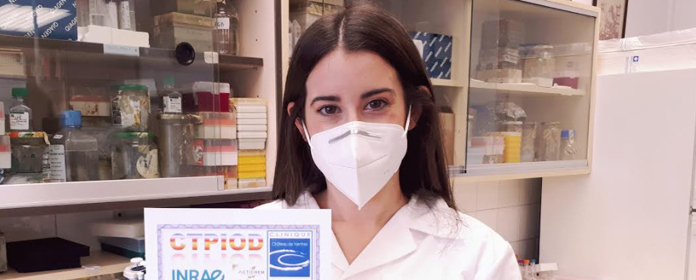A new technique for analyzing the human genome can predict the development of diseases.
The project GARBAN, developed by the University of Navarra, will allow the identification of therapeutic targets for cancer, depression or hepatitis.
The School of Engineering of the University of Navarra and its Center of programs of study and Technical Research of Gipuzkoa (CEIT) have launched an advanced tool of biochemical analysis that financial aid to predict the development of diseases, to accelerate their diagnosis and to detect new therapeutic targets (lines of action) for ailments such as cancer, depression or hepatitis.
This bioinformatics tool , developed at partnership with research center Médica Aplicada (CIMA) of the University of Navarra and named GARBAN (Genomic Analysis for Rapid Biological Annotation), performs the following process: first, it classifies hierarchically all known genes and proteins according to their molecular function, molecular component and biological process. With the unknown ones, he annotates (compares and analyzes the similarities and differences with respect to those same molecules of other living beings) and observes molecules with a sequence similar to his own in order to deduce their function and classify them according to the same hierarchy as the molecules already known.
On the other hand, thanks to the experiments carried out by scientists, the project includes all genes and proteins in an orderly manner according to their behavior under certain circumstances. To do this, it compares the same genes and proteins in healthy and sick people, and in sick people receiving different treatment. Thus, the behavior of these molecules is recorded at different times of the disease.
Once the function and behavior of genes and proteins have been recorded, this analysis tool detects anomalous behavior of these molecules that could lead to a disease and sample all this on graphical maps, enabling the physician to anticipate the development of a condition. If the disease has already started, this system enables a graphical view of all the cell cycles involved in the ailment and indicates the evolution of the disease using the information gathered. In addition, by performing the appropriate analyses, it allows the efficacy and response of the patient to the different treatments administered to him to be measured, thus enabling new and more effective therapeutic targets to be identified.
The new tool is available on the Internet, allowing any biochemist working in genomics or proteomics to access the information generated in similar assays and to study the similarities and comparisons necessary to shed light on obscure aspects of many diseases.
To build this information bank, the engineers at the University of Navarra have used numerous and complex instructions from data, in most cases, from renowned centers at research. According to the authors of GARBAN, it is expected that in the short and medium term deadline will be able to triple the issue of data, as scientists participate in project and contribute the results of their experiments.





